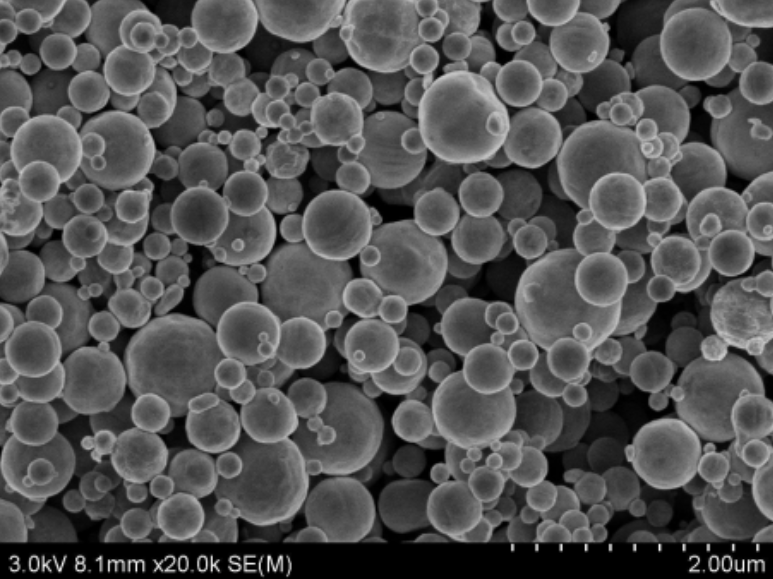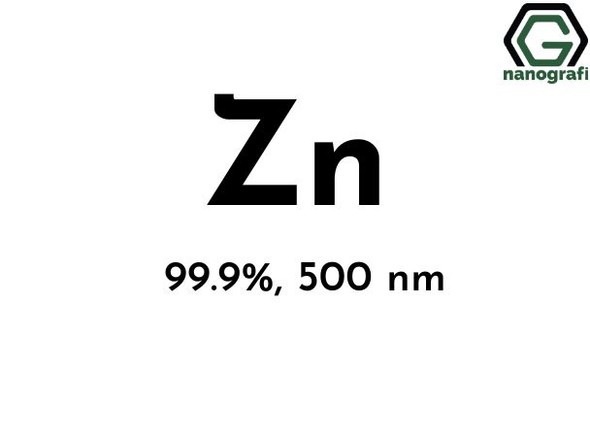Nickel (Ni) Nanopowder/Nanoparticles, Purity: 99.9%, Size: 500 nm, Metal Basis
- SKU:
- NG04EO1701
- Shipping:
- Calculated at Checkout
Description
| 5 grams/56 € 25 grams/90 €
100 grams/203 € 500 grams/509 €
1000 grams/815 € Please contact us for quotes on larger quantities !!!
|
Nickel (Ni) Nanopowder/Nanoparticles
Purity: 99.9%, Size: 500 nm, Metal Basis
Technical Properties:
| True Density (g/cm3) | 8,9 | ||||
| Color | dark gray | ||||
| Crystal Structure | cubic | ||||
| Tmelting (oC) | 1455 | ||||
| Tboiling (oC) | 2730 | ||||
| Average Particle Size (nm) | 500 | ||||
| Elemental Analysis (%) | Ni | C | Co | Mg | Fe |
| ≥99.9 |
≤0.035 | ≤0.004 | ≤0.008 |
≤0.003 |
SEM Image:

Properties, Storage and Cautions:
Nickel nanoparticles possess a nanoscale structure that imparts an exceptionally high specific surface area, enhanced chemical reactivity, pronounced ferromagnetic behavior, and notable catalytic activity compared to bulk nickel. However, this fine particulate form is highly reactive, flammable, and prone to oxidation, necessitating stringent handling and storage protocols.
Due to its combustible nature and sensitivity to environmental factors, the powder must be handled with extreme care—avoiding rapid movements, mechanical vibrations, and physical impacts. Exposure to air, sunlight, heat sources, and moisture can lead to oxidation, agglomeration, or even hazardous reactions. To mitigate these risks, the nanopowder should be stored sealed under vacuum or in an inert atmosphere, in a cool, dry, and dark environment. This minimizes particle coagulation, moisture uptake, and thermal degradation, preserving both safety and material integrity.
Applications:
- Catalysis: Active catalyst in hydrogenation, reforming, and hydrogen evolution reactions (HER), and as support for fuel-cell reactions and carbon nanotube growth.
- Energy storage: Electrode material for lithium-ion batteries and supercapacitors; component in conductive inks for flexible electronics and printed photovoltaics.
- Magnetic devices: Utilized in high-density data storage, ferrofluids, magnetic sensors, and microwave applications due to high coercivity and magneto-crystalline anisotropy.
- Additive manufacturing and composites: Sintering additive and reinforcement in metal and ceramic matrices to improve mechanical strength and electrical/thermal conductivity.
- Propellants: Combustion catalyst in solid and liquid propellant formulations, enhancing burn rates and energy output.
- Biomedical and surface protection: Explored as MRI contrast agents, drug-delivery vectors, antimicrobial coatings, and corrosion-resistant surface layers.






